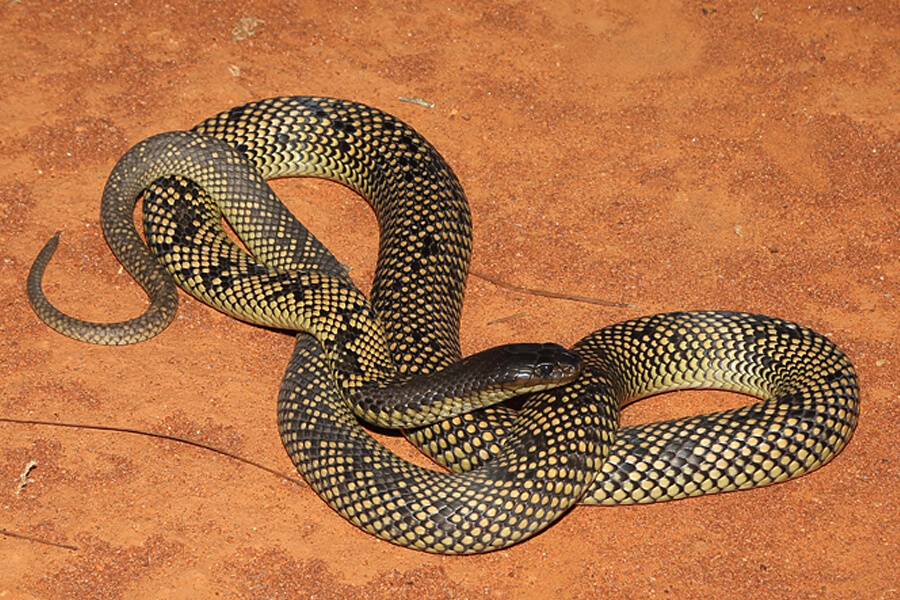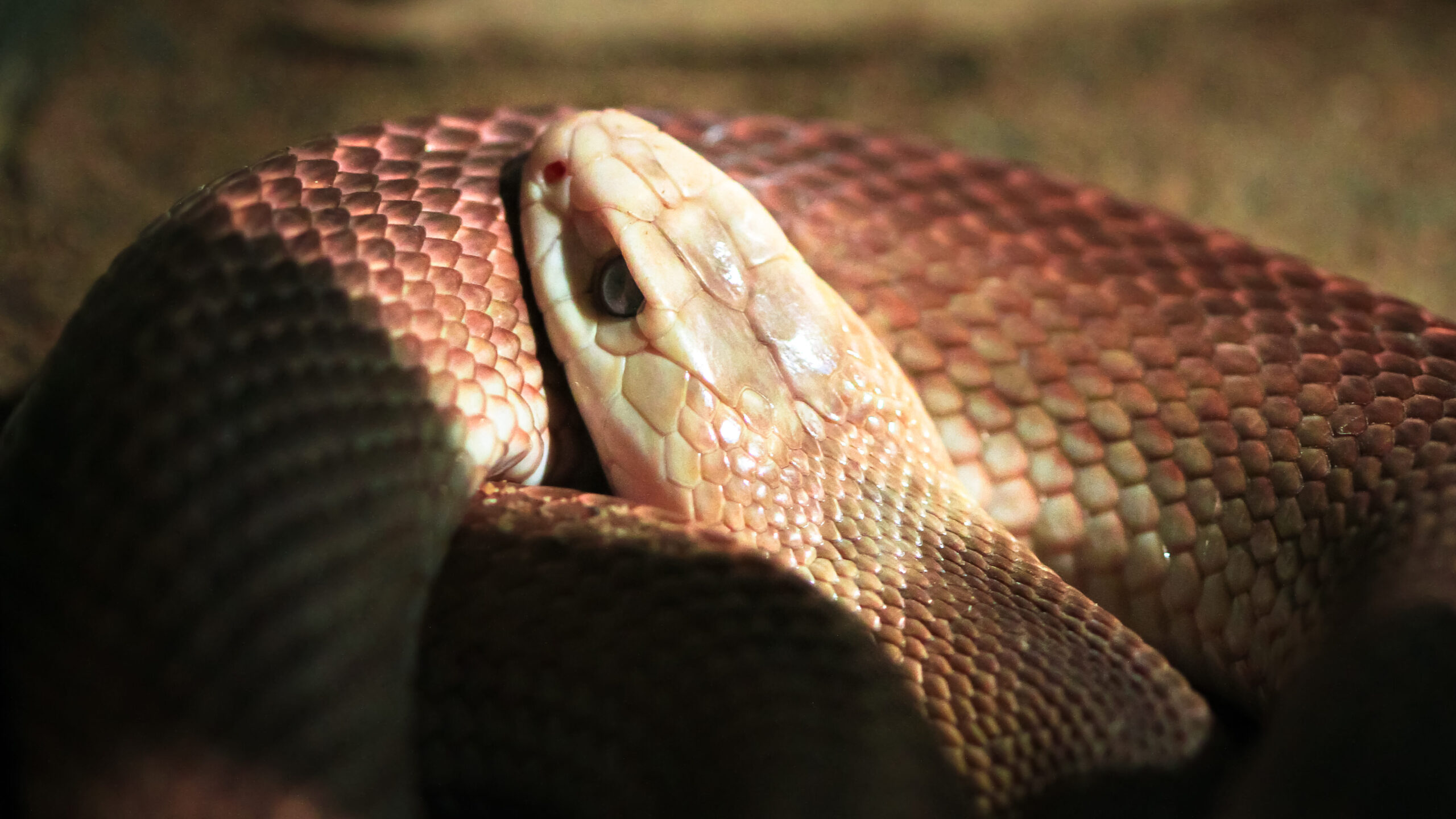Introduction
The Tasmanian tiger snake, medically referred to as Notechis scutatus, is just one of Australia's many appealing reptiles. Discovered mainly in Tasmania and its surrounding islands, this snake has actually amassed Visit website attention not only for its striking look yet additionally for its complex actions and essential duty in the ecosystem. This article will explore the different elements of the Tasmanian tiger serpent's habitat, actions, composition, and interactions with people while providing important details regarding safety measures in case of a snake bite.
Whether you're a scientist, a wildlife enthusiast, or just someone interested regarding these fascinating creatures, this extensive overview promises to provide insights that are both useful and interesting. So let's start this journey to recognize the Tasmanian tiger serpent better!
The Tasmanian Tiger Snake: An Overview
Physical Qualities of the Tasmanian Tiger Snake
Tiger snakes are identified by their distinctive coloration and patterns. They normally display a mix of yellow or cream red stripes on a dark brownish or black background-- therefore the name "tiger." Adult tiger snakes can grow up to around 2.1 meters long, although a lot of individuals balance around 1.5 meters.
Key Functions:
- Coloration: Differs from dark brown to olive eco-friendly with lighter bands. Size: Grownups usually range from 1.2 to 2.1 meters. Head Forming: Clearly wide with noticeable eyes.
Distribution and Environment of the Tasmanian Tiger Snake
The Tasmanian tiger snake mostly inhabits seaside regions, wetlands, marshes, and grasslands in Tasmania. It prospers in settings where it can quickly access water sources since it is often discovered near streams or lakes.


Habitat Preferences:
- Wetlands: Ideal for searching victim like frogs and tiny mammals. Coastal Areas: Deals abundant food resources. Grasslands: Supplies cover and basking spots.
Understanding Tiger Serpent Behavior
Feeding Routines of the Tasmanian Tiger Snake
Tiger serpents are carnivorous and opportunistic feeders. Their diet plan is composed mainly of frogs, fish, tiny creatures, and birds. They rely on their eager sight and swift activities for hunting.
Dietary Breakdown:
- Frogs: A primary component because of abundance in marsh habitats. Fish: Frequently captured when swimming in shallow waters. Small Mammals: Periodically victimize rodents.
Breeding Behavior of the Tasmanian Tiger Snake
Tiger serpents have an interesting reproductive cycle. Mating usually takes place in spring after arising from hibernation. Female tiger snakes bring to life live young rather than laying eggs, which is somewhat unique amongst reptiles.
Reproductive Cycle:
- Mating Season: Spring (September to November). Gestation Period: Around 3 months. Litter Size: Varieties from 20 to 40 baby tiger snakes.
Aggression and Defense reaction of the Tasmanian Tiger Snake
Though they can be hostile when endangered, tiger serpents typically like to pull back rather than confront threat straight. Their primary defense reaction consist of biting when collared or presenting their size through hissing.
Defensive Approaches:
- Hissing Noise: A warning signal showing distress. Bite Action: A last hope when getaway alternatives are limited.
Are Tiger Snakes Venomous? Understanding Their Venom
Venom Structure and Effects
Yes! The Tasmanian tiger snake is poisonous. Its venom has neurotoxins that can trigger significant harm and even death if left untreated. The effects of a bite can include paralysis, swelling at the bite website, queasiness, and various other systemic symptoms.
Venom Attributes:
- Neurotoxic Parts: Influence nervous system functioning. Hemotoxic Impacts: Can cause cells damage.
Common Signs Adhering to a Tiger Serpent Bite
Recognizing signs immediately is crucial for effective emergency treatment management after a serpent bite:
- Severe pain at bite site Swelling Nausea or vomiting Difficulty breathing
First Help for Serpent Bites: What You Need to Know
Immediate Steps After a Tiger Serpent Bite
In instance you encounter a circumstance involving a tiger serpent bite, it's essential to Hydration Therapy act rapidly:
Call emergency situation services immediately. Keep the affected limb immobilized in mind level. Remove tight apparel or fashion jewelry around the bite site.Creating Your Snake Bite First Aid Kit
Having an appropriately stocked emergency treatment kit can make all the distinction during emergency situations:|Thing|Function|| ------|---------|| Compression plaster|To incapacitate arm or leg|| Splint|To maintain injured area|| Antiseptic wipes|For cleaning injuries|
FAQs Regarding the Tasmanian Tiger Snake
What do child tiger snakes eat?
Baby tiger snakes mainly eat small insects and amphibians up until they grow big sufficient to search larger victim like frogs or tiny fish.

How harmful is a tiger serpent bite?
A tiger snake bite can be exceptionally hazardous as a result of its powerful venom; instant medical interest is vital for survival.
Where are eastern tiger snakes found?
Eastern tiger serpents occupy seaside regions throughout southeastern Australia but are less usual than their Tasmanian counterparts.
What needs to I do if I see a tiger snake?
Maintain your range; do not attempt to manage it unless you're trained to do so-- most bites take place during efforts at capture or mishandling.
Can I endure without antivenom after being bitten?
While some individuals may make it through without antivenom relying on numerous variables such as wellness conditions and time taken for therapy; seeking prompt medical help is constantly advised as it significantly enhances survival chances.
Are there any kind of certain safety measures I must take while treking in Tasmania?
Always use tough boots, stay on marked tracks, stay clear of high turf where presence may be limited; acquaint on your own with regional wildlife prior to going out into nature!
Conclusion
The Tajamanian tiger snake stands for an important part of Australia's abundant biodiversity landscape both environmentally as predators and culturally as symbols within Australian mythology. Understanding their environment preferences along with behavior provides understanding into Additional info how we can coexist safely while valuing wildlife borders-- remembering that understanding leads us towards more secure experiences outdoors!
By staying informed regarding potential threats such as envenomation from bites while additionally taking safety nets makes sure positive experiences when coming across these remarkable animals!
In conclusion, whether you're interested by their striking look or astounded by their complicated habits-- the Tasmanian tiger snake certainly is worthy of acknowledgment beyond mere attraction-- it encapsulates nature's charm intertwined delicately within our ecosystems!